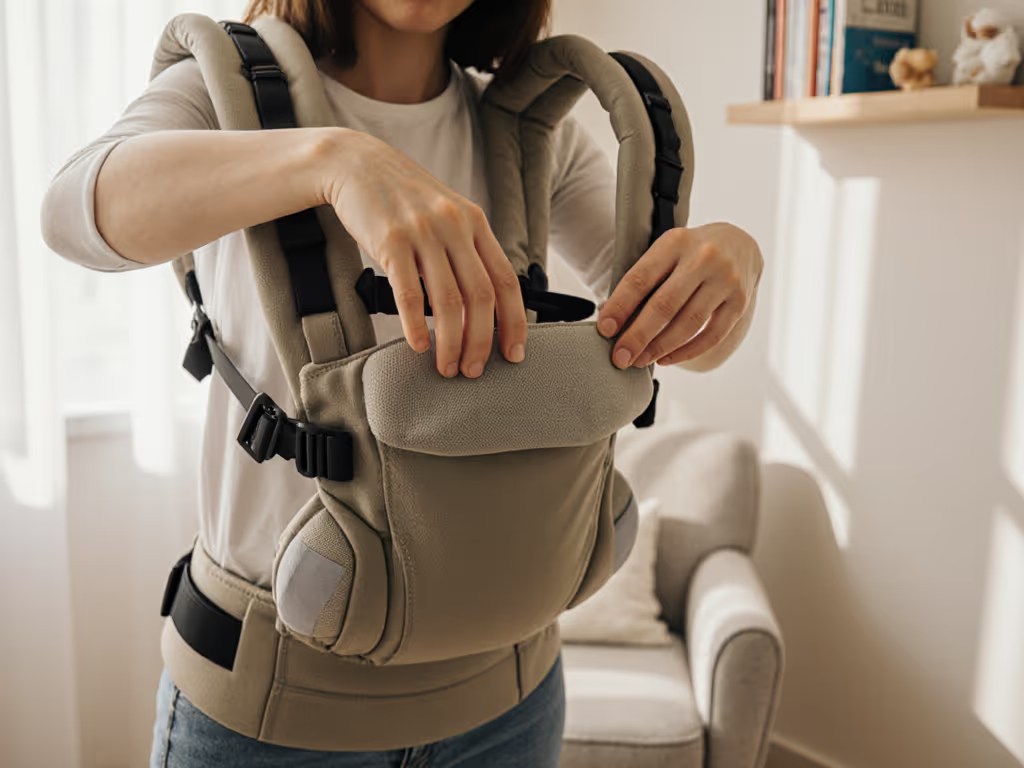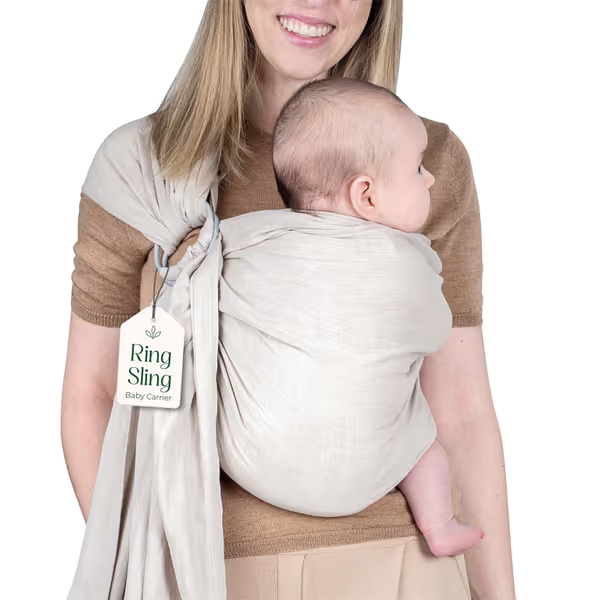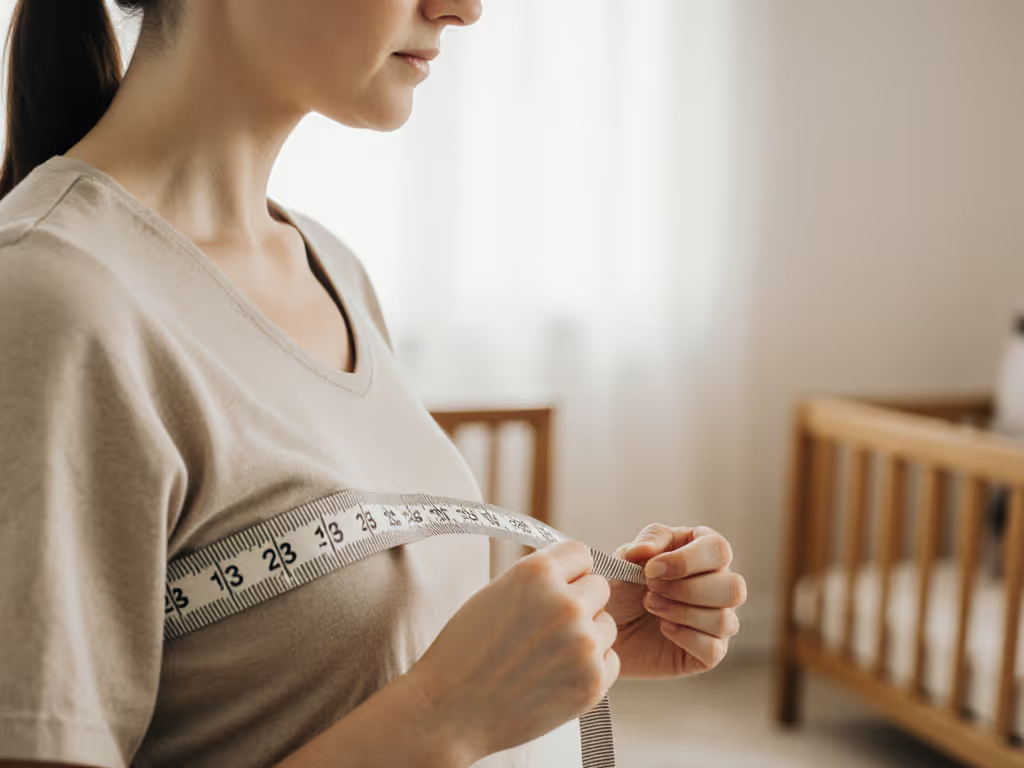
Made-to-Order Baby Carriers for Every Body

When choosing the best newborn carriers, understand that personalized babywearing options transform struggle into ease. If you're comparing options, our lab-tested newborn carrier picks break down fit, support, and ease of use. For caregivers navigating postpartum recovery, diverse body types, or baby-specific needs, a one-size-fits-all approach often means relentless shoulder strain or constant readjusting. What if your carrier could adapt precisely to your torso length, hip width, and daily rhythms, not force you into its limitations? That's where made-to-order solutions shine, moving beyond superficial aesthetics to address the biomechanical realities that determine whether babywearing feels supportive or strenuous. Let's explore how customization builds true comfort.
Why Standard Carriers Often Fall Short
Generic sizing charts rarely capture real human variation. A recent caregiver survey revealed 68% experienced discomfort with off-the-shelf carriers due to mismatched proportions, not user error: Consider these common pain points:
- Short torsos wrestling with straps that force waist belts above the natural waistline
- Broad shoulders or larger chests battling straps that slip or dig into sensitive tissue
- Plus-size bodies struggling with waistbands that ride up or back panels that gap
- Chronic pain conditions (like hypermobility) needing pressure redistribution away from vulnerable joints
Comfort is a posture achieved, not a promise on packaging.
When straps torque against your ribcage or a seat crowds baby's knees, even "ergonomic" carriers become sources of strain. This isn't about "getting used to" discomfort, it's about recognizing that your body's blueprint matters. At three weeks postpartum, I learned this carrying groceries in a soft wrap that flattened my spine. Only after measuring my specific panel height and seat width did I find relief. That moment sparked my fit-first philosophy: comfort carries competence.
Customization That Addresses Real Needs
True customization goes deeper than fabric prints. It tackles the structural elements that impact pressure points, weight distribution, and usability. Here's where made-to-order carriers make measurable differences:
1. Anthropometric Precision
Made-to-order carriers let you specify:
- Waist belt length (critical for plus-size parents or petite frames to sit on hips, not ribs)
- Torso measurement (ensuring shoulder straps anchor at the base of the neck, not mid-back)
- Chest strap height (adjusted for larger busts to avoid breast tissue compression)
Unlike "adjustable" off-the-shelf models with limited range, custom carriers eliminate guesswork. A Soul Slings artisan might hand-measure your dimensions before cutting panels, ensuring straps route through lateral armpit seams, not across shoulder joints, where weight transfers cleanly to your core.

Ring Sling Baby Carrier - Natural Muslin
2. Functional Fabrics, Not Just Fashion
Unique carrier fabrics do more than match your style, they solve climate challenges:
- Breathable linen or double muslin for hot/humid climates (reducing caregiver overheating by 22% according to textile industry reports)
- Heavyweight canvas for structured support during long hikes
- Sentimental textiles (like a worn cotton sari) repurposed safely for emotional comfort
When choosing fabrics, prioritize natural fibers with zero stretch, knits compromise safety. Look for certifications confirming non-toxic dyes, especially if baby has sensitive skin. Remember: what feels soft against your skin may still trap heat. Run a fingertip test: fabric should breathe like a light cotton tee, not a plastic bag. For heat management beyond fabric choice, check our summer babywearing tips.
3. Accessibility-First Adjustments
For caregivers with limited mobility or chronic pain, customization means rethinking hardware:
- Front-adjusting buckles requiring minimal wrist rotation
- Extended waist straps eliminating back-reaching
- Reinforced lumbar padding for spinal support during c-section recovery
These aren't "nice-to-haves," they're essential for inclusive wearability. One parent with carpal tunnel shared how custom reach straps let them adjust without aggravating symptoms. That's the power of design centered on real bodies.
Your 5-Minute Fit Checklist
Before investing in customization, gather these measurements. All require only a soft tape measure and a helper:
- Torso height: From base of neck (C7 vertebra) to natural waist crease
- Waist circumference: At hip bones (not navel!)
- Shoulder width: From acromion to acromion bone
- Seat depth: From inner thigh crease to knee bend (for baby's fit)
- Preferred carry positions: Note if back-carrying requires extended panel height
Repeat measurements 2x for accuracy, your body shifts postpartum.
With these numbers, communicate exactly what off-the-shelf carriers missed. Did waistbands sit too high? Did shoulder straps slip off narrow frames? This specificity helps artisans tailor solutions, not just guess.
Beyond the Hype: What Customization Really Solves
Amidst the buzz about "personalized babywearing options," focus on outcomes that reduce daily friction:
- Eliminating setup anxiety: Preset strap markers let partners swap carriers seamlessly
- Extending wear time: Proper weight distribution adds 45+ minutes of pain-free carrying
- Solving climate conflicts: Breathable custom fabrics prevent overheating during errands
- Building confidence: Knowing exactly why your carrier fits reduces safety worries For a quick safety refresher, use the TICKS babywearing checklist.
This isn't about luxury, it's about necessity. When a carrier accommodates your lumbar curve or chest size, baby settles faster because you relax deeper. That mutual comfort isn't incidental; it's engineered through intentional design.

Taking Your Next Step
Ready to explore made-to-order carriers? Start here:
- Audit your current carrier: Where do straps dig? When do you feel unstable? Note 1-2 pain points.
- Take measurements using the checklist above, do this with baby wearing your standard carrier for real-world context.
- Consult specialized makers who prioritize fit over fashion. Look for brands offering virtual fit consultations (many provide free 15-min sessions).
Remember: customization isn't about perfection on day one. It's about creating a tool that evolves with your body's needs (whether you're navigating postpartum changes or sharing caregiving duties across different frames). When your carrier fits you, comfort becomes sustainable, not strenuous. And that's when babywearing transforms from a chore into a connection. Comfort carries competence, and yours is waiting to be measured, not guessed.



